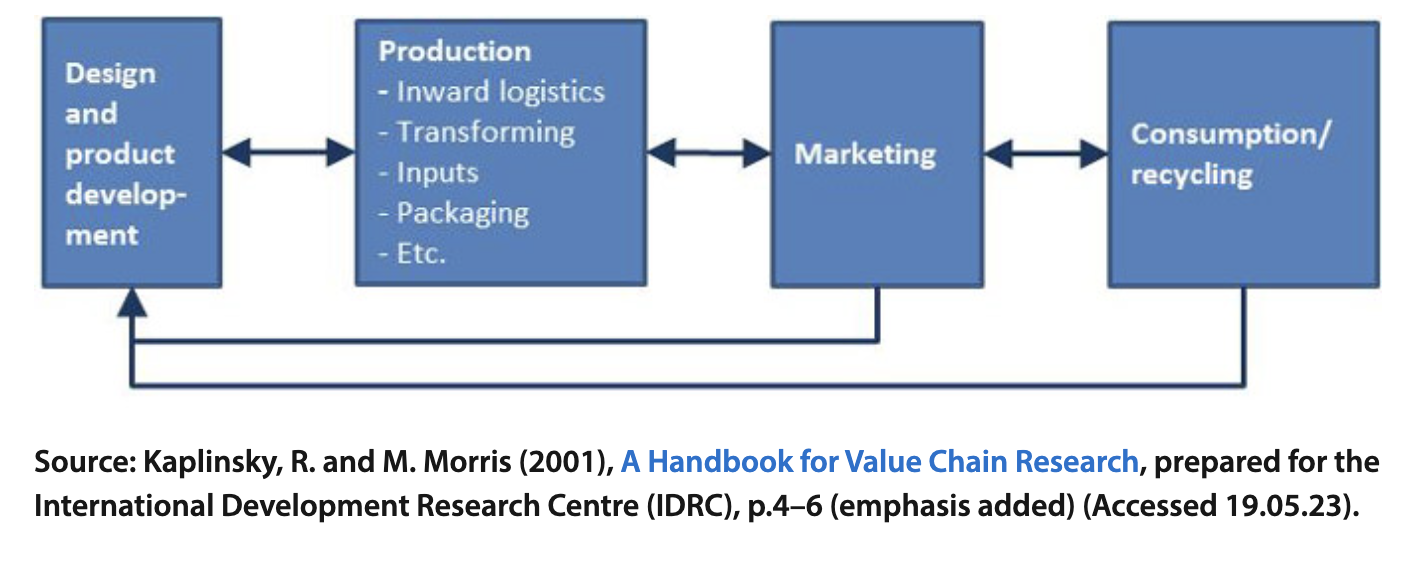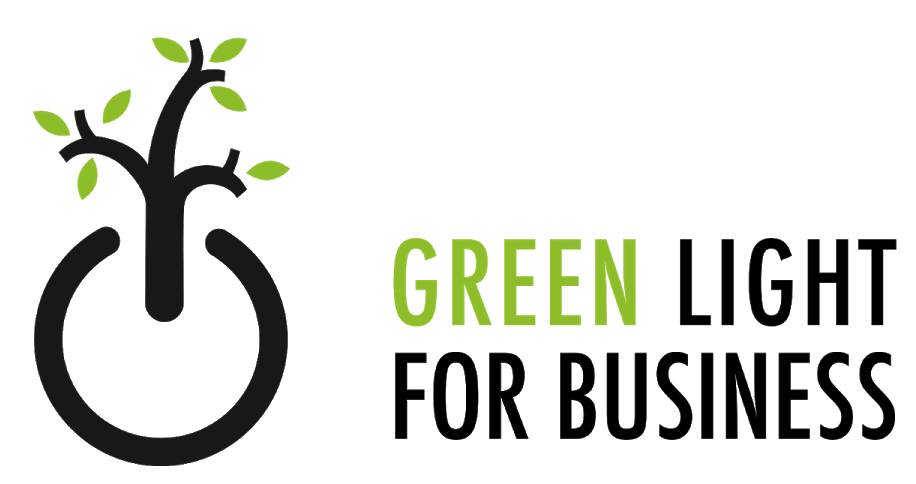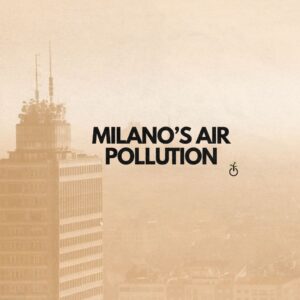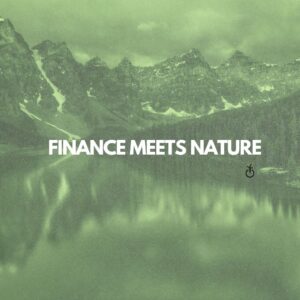Recent studies have shown that there will be 10 billion people by 2050. The emerging country phenomenon has also led to the emergence of the middle class worldwide, which is expected to triple by 2030. (Source: Goldman Sachs, 2008). The economic implications – both positive and negative- of this socio-economic and demographic change will be of huge significance.

One of the most important effects for the increased economic development is the rise in middle class enabled for a country, due to wage increases from higher labor demand and more skilled people entering the workforce. This will lead to a chain effect, with higher consumption, because of a higher marginal propensity to consume. However, as always, this comes at many costs, that come in many forms – higher environmental pressure, societal effects on inequality and many more.
The effect on global supply chains affects an abundance of its aspects: production, distribution, logistics. The higher need for inputs in the production process, their sourcing and transport make the chain increasingly more complicated and interconnected, which could potentially hinder the sustainability and resilience of global supply chains. In a highly globalized and ever-increasing world, the complexity of a product from start to end undoubtedly faces an abundance of risks and intricacies. For example, the COVID-19 pandemic has highlighted the negative economic effects of logistics disruption, production delays, overreliance on suppliers on the supply chain and has proven how one step can drastically disrupt the road of the product to the final consumer.

Keeping this information in mind, there are three main Global Drivers of Consumption on Supply Chains: increased resource scarcity and other social and environmental risks for supply chain disruption, increased stakeholders’ pressure for traceability of the supply chains and regulatory aspects.
Increased resource scarcity is caused by the growth of World GDP, which is projected to be around 325% between 2007 and 2050. On average around 60% of gross domestic product (GDP) is accounted for by consumer spending on goods and services. This ongoing trend will be intensely felt in the future, with the rise in population and middle class, which has the tendency to over consume due to its higher affluence, exacerbating the effects.
In addition to the increase of demand, we will (and we are already) noticing materials’ direct scarcity. This could lead to higher costs and inflation, or in case of depletion, severe supply disruptions or constraints, and shortages. Without careful and effective resource management, especially for scarce resources, or ongoing investments in innovations to find alternatives, the impact could be highly significant.
For example, there will be material bottlenecks in the future development of green technologies: 2016-2050 global demand for materials like copper, nickel, zinc and lithium could be non-satisfied.
The second issue is the increased stakeholder’s pressure for traceability and transparency of supply chains.
As a matter of fact, stakeholders’ voices have become louder and have been more and more impactful, holding businesses accountable for their lack of environmental responsibility in the supply chain.
An example of this is what happened in 2008 to “Dove”, personal care brand owned by the Unilever group, that mainly produces soaps. The brand, whose marketing campaign “Dove and Real Beauty” aimed to share and idea of inclusive beauty, used the slogan “Talk to your daughter before the beauty industry does”.
Little did they know that Greenpeace would creatively use this catch phrase to expose their contribute to deforestation of Indonesia and Malaysia to cater palm oil, used in their soap products.
“Talk to Dove before it’s too late” is the provocative slogan that we find at the end of a moving and eye-opening video that mirrors one of Dove’s ads (https://www.youtube.com/watch?v=9zKfF40jeCA), but pictures the deforestation of an Indonesian forest (https://www.youtube.com/watch?v=IX5-67tAVu0).
Dove’s response was to shift to sustainable and deforestation-free palm oil, stepping up their engagement with suppliers and smallholders while increasing the traceability and transparency of their supply chain. By the end of 2022, they state to have sustainably sourced 94% of their core palm oil volumes, with 86% coming from physically certified sources.
Another important third factor are the regulatory aspects.
The most important one is the Paris Agreement (United Nations Framework on Climate Change), a legally binding international treaty on climate change. Adopted by 196 Parties during the UN Climate Change Conference, it is in force since the end of 2016.
The main objective of this treaty is, by 2050, to contain global warming within 1.5°C to 2.0°C of preindustrial values, to be able to contain global warming to a temperature of 1.5°C by the end of the century. This would significantly reduce the risks and impacts of climate change. To meet this goal, greenhouse gas emissions must decrease of the 43% by 2030.
It also aims to redirect financial flows towards low greenhouse gas emissions development and to improve the ability to adapt to climate change, especially for more vulnerable communities which are most exposed and hit by the negative effects.
Another recent important regulatory factor is the Kunming – Montreal Biodiversity Framework, adopted during the Convention on Biological Diversity (CBD) that took place in 2022, chaired by China and hosted by Canada. This framework aims to address and reverse biodiversity loss, through increased conservation of species and the equitable share of benefits from genetic resources by 2030. It also aims to protect at least 30% of land and oceans and restore at least 30% of degraded habitats by 2030.

Increased resource scarcity, increased stakeholders’ pressure for traceability and regulations have therefore disrupted the idea of value chain, whose original focus was on the costumer and on increasing value as products moved through the supply chain until they reach the final consumer.
Today, recognizing the environment as a stakeholder and adapting to these three Global Drivers of Consumption has become crucial for businesses, in order for them to rethink their value chain and succeed in the long run in a sustainable and effective manner.
By: Anna Sofia Silvani and Eva Souzana Michael
Sources:
https://www.nature.com/articles/ncomms14856 https://www.cisl.cam.ac.uk/education/graduate-study/pgcerts/value-chain-defs#:~:text=%22Value%20chains%20are%20an%20integral,and%20disposal%2Frecycling%20processes.%E2%80%9D https://www.nature.com/articles/ncomms14856 https://www.caixabankresearch.com/en/economics-markets/labour-market-demographics/emergence-middle-class-emerging-country-phenomenon https://kpmg.com/sg/en/home/insights/2022/03/six-key-trends-impacting-global-supply-chains-in-2022.html https://unfccc.int/process-and-meetings/the-paris-agreement https://www.unilever.com/planet-and-society/protect-and-regenerate-nature/sustainable-palm-oil/ https://www.caixabankresearch.com/en/economics-markets/labour-market-demographics/emergence-middle-class-emerging-country-phenomenon class notes from professor Rafael Sarda’, Esade 2023




